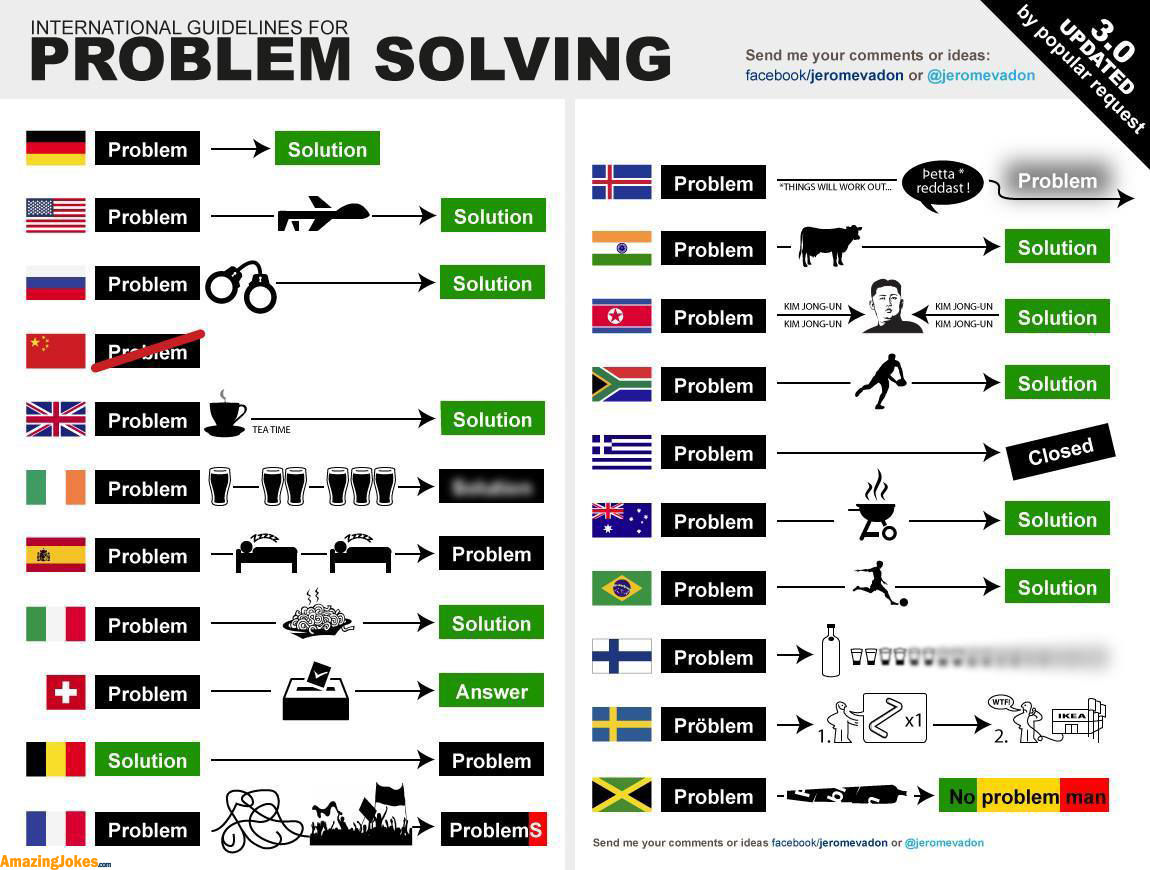Understanding the ‘Failed to Mount Component’ Error in Vue.js

In Vue.js, the ‘Failed to Mount Component’ error occurs when the Vue instance is unable to render the corresponding component. This can be due to various reasons, including:

- Invalid Template: Ensure that the template for the component is valid HTML and contains properly formatted Vue syntax.
- Improper Component Registration: Verify that the component has been registered correctly in the Vue instance.
- Invalid Props or Data: Make sure that the props or data passed to the component are valid and match the expected types.
- Asynchronous Loading: If the component is loaded asynchronously, check if the
asyncDataorfetchmethods are returning promises and resolving successfully. - Dependency Issues: Ensure that any dependencies required by the component are installed and imported correctly.
- Network Errors: In the case of components loaded remotely, verify that the network connection is stable and the component files are available.
Troubleshooting and Resolution

To resolve the ‘Failed to Mount Component’ error, follow these steps:
- Inspect the Browser Console: Check the browser console for any additional error messages or warnings related to the failed component.
- Check Template and Syntax: Review the template for the component to ensure it follows proper HTML and Vue syntax.
- Verify Component Registration: Ensure that the component is registered in the Vue instance using the
componentsoption, either locally or globally. - Validate Props and Data: Check the values passed to the component through props or data to confirm their validity and adherence to expected types.
- Resolve Asynchronous Issues: If the component is loaded asynchronously, handle any potential errors or delays in the
asyncDataorfetchmethods. - Address Dependency Issues: Review the dependencies of the component and ensure they are installed and imported correctly.
- Check for Network Errors: If the component is loaded remotely, verify that there are no network issues and the component files are available.
By following these steps, you can effectively troubleshoot and resolve the ‘Failed to Mount Component’ error in Vue.js, ensuring the successful rendering of your application components.## Solving ‘Failed To Mount Component’ Error In Vue.js
Executive Summary
This article serves as a comprehensive guide for developers encountering the ‘failed to mount component’ error in Vue.js. It delves into the root causes of this error and explores various strategies to effectively resolve it.
Introduction
The ‘failed to mount component’ error in Vue.js occurs when a component fails to be rendered successfully. This can result from several factors, ranging from incorrect component registration to runtime errors. This article aims to identify the common causes of this error and provide detailed solutions to help developers rectify it efficiently.
Common Causes of ‘Failed To Mount Component’ Error
1. Incorrect Component Registration
- Failed to register component: Ensure that the component is properly registered globally or locally within the Vue instance.
- Incorrect component name: Check that the component name used in the template matches the registered component name.
- Missing registration with Vue: Verify that the component is registered using the
Vue.component()method.
2. Runtime Errors
- Javascript syntax errors: Review the component code for any syntax errors that may prevent proper compilation.
- Data binding errors: Inspect the data bindings for incorrect references or invalid property names.
- Lifecycle hook errors: Ensure that component lifecycle hooks, such as
created()ormounted(), are properly implemented.
3. Template Errors
- Missing closing tags: Check for unclosed tags in the component template, as they can disrupt the rendering process.
- Invalid HTML syntax: Verify that the HTML syntax within the component template is valid and follows the correct structure.
- Incorrect data references: Inspect the data references used in the template to ensure they correspond to valid data properties.
4. State Management Issues
- Asynchronous data fetching: Resolve any asynchronous data fetching issues within the component that may delay the rendering process.
- Incorrect state mutations: Verify that state mutations are performed correctly and do not cause unexpected errors.
- Reactivity issues: Ensure that the data used in the component is reactive and can trigger updates when changed.
5. Third-Party Library Conflicts
- Incompatible versions: Ensure that all third-party libraries used in the component are compatible with the current version of Vue.js.
- Plugin registration issues: Verify that third-party plugins are properly registered and used within the component.
- Name conflicts: Check for any name conflicts between the component and third-party libraries, which could lead to overwriting or errors.
Conclusion
The ‘failed to mount component’ error in Vue.js can be effectively resolved by identifying and addressing the underlying cause. This guide has explored the common causes and provided clear solutions to help developers overcome this issue. By following the discussed approaches, developers can ensure that their Vue.js components are mounted successfully, delivering a seamless user experience and preventing further errors.
Keyword Phrase Tags
- failed to mount component vue.js
- Vue.js component not rendering
- Vue.js component error
- Vue.js runtime error
- Vue.js template error

Failed To Mount Componenterror in Vue.js may stem from various sources. While the lack of crucial dependencies or incorrect component registration can lead to this problem, double-checking the syntax to ensure well-structured code can often resolve it. To further delve into potential solutions and gain a comprehensive understanding of the underlying causes, consulting the official Vue.js documentation is highly recommended.Vue.js mounting errors can be frustrating, but understanding the reasons can streamline the debugging process. Common causes include missing dependencies and incorrect component configuration. Checking for typos and ensuring clean code can also help, but sometimes consulting the official documentation is necessary for more complex scenarios.
Newbies to Vue.js often fall into the trap of
Failed To Mount Componenterrors. However, these can be easily avoided by ensuring proper installation of dependencies and careful examination of component registration. Remember, an ounce of prevention is worth a pound of cure.Oh look, another Vue.js error! Who would’ve thought that coding could be hard? Maybe we should just stick to playing Candy Crush and leave the programming to the big boys.
Component mounting issues in Vue.js? That’s like trying to put together a puzzle without the corner pieces. But fear not, my fellow coders, with a little bit of debugging and a few choice words, we’ll get this error to ‘mount’ outta here!
The
Failed To Mount Componenterror in Vue.js can be a bit of a headache, but it’s nothing that a good debugger and some careful analysis can’t solve. Make sure you’ve got all the necessary dependencies installed and that your component is properly registered. If you’re still stuck, check out the official Vue.js docs for more info.I’ve seen this error before, and it can be really frustrating. But don’t worry, there are a few things you can do to fix it. First, make sure that you have all the necessary dependencies installed. Then, check that your component is properly registered. If you’re still having problems, you can always consult the official Vue.js documentation.
I’m not sure if this article is going to be helpful. I’ve tried all the solutions that are listed, and I’m still getting the
Failed To Mount Componenterror. I’m starting to think that there’s something wrong with my code.Oh, the joys of debugging! I love it when my code decides to throw a tantrum and refuse to work. But hey, at least we can all bond over our shared misery.
I feel your pain, my friend. I’ve been there, stuck in the debugging abyss. But fear not, for I have a secret weapon: rubber duck debugging. Just explain your code to a rubber duck, and suddenly the solution will become crystal clear.
I’ve found that the best way to approach debugging is to start by breaking the problem down into smaller pieces. Once you have a good understanding of what’s going on, you can start to look for the root cause of the error.
I agree! It’s always helpful to break the problem down into smaller pieces. That way, you can focus on one thing at a time and avoid getting overwhelmed.
I’ve tried breaking the problem down into smaller pieces, but I’m still not able to find the root cause of the error. I’m starting to think that I’m not cut out for this coding thing.
Oh, don’t be so hard on yourself. We all hit roadblocks from time to time. Just remember, the journey of a thousand miles begins with a single step.
Hey, don’t give up! Debugging is like a game of hide-and-seek. You just have to keep looking until you find the elusive error.